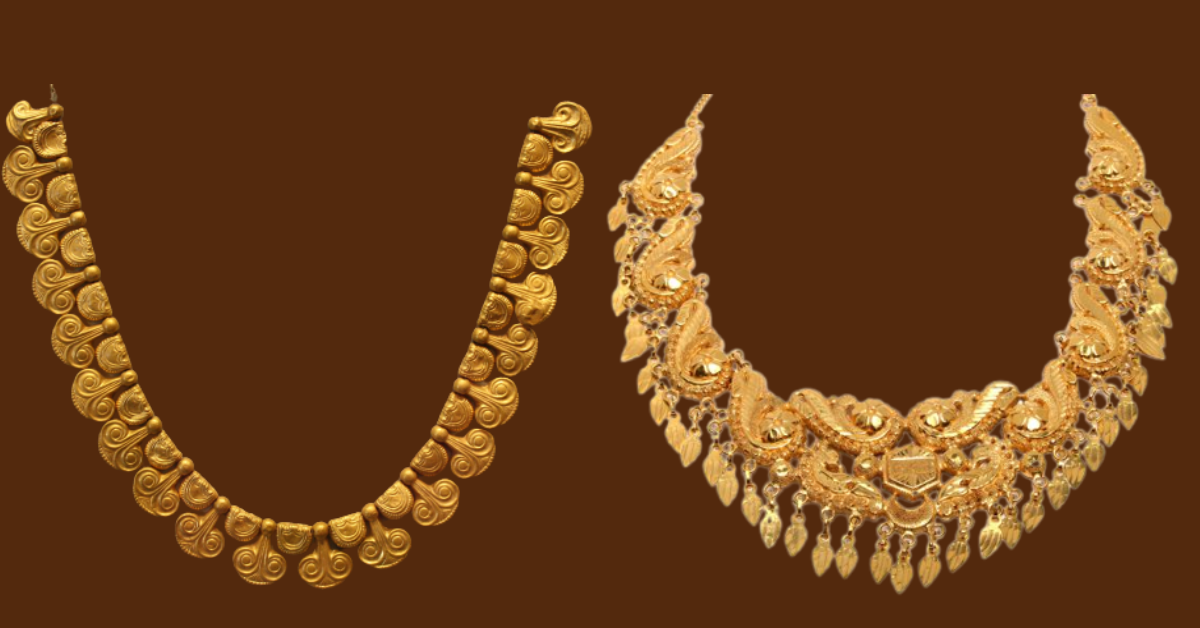Gold prices: Central banks around the world have been buying gold at an unprecedented rate, pushing gold demand (excluding OTC) to 1,147 tonnes in the July-September quarter, 8% higher than the five-year average, according to a new report.
According to the World Gold Council’s Q3 Gold Demand Trends report, net central bank buying reached 337 tonnes, the third highest quarter in the World Gold Council’s data series. However, it fell short of breaking the record of 459 tonnes in the third quarter of 2022.
Central banks have purchased a net 800 tonnes of gold year to date (YTD), the most ever for those nine months.
Despite being 56% higher year on year, Q3 investment demand of 157 tonnes was low in comparison to the five-year average of 315 tonnes. According to the report, bar and coin investment fell 14% year on year to 296 tonnes, owing primarily to sharp declines in Europe.
Jewelry consumption fell slightly, falling 2% year on year to 516 tonnes amid continued gold price strength.
Central bank net buying returned in force this quarter, along with strong bar and coin demand, helping gold prices defy rising bond yields and a strong US dollar. The World Gold Council stated that the reluctance of ETF investors and speculative buyers to actively join the fray so far this year represents an increasing opportunity for price Given the solid underlying case and troughing sentiment, Q4 strength is expected.
Meanwhile, gold ETFs and futures investors have shown little appetite for gold, while bar and coin demand has remained unusually strong.
Even though rising bond yields now provide an alternative source of real income for many investors, particularly in Europe, WGC attributes the majority of this year’s ETF outflows to weak hands.
In our opinion, underlying support for gold remains, bolstered by escalating geopolitical tension and troughing sentiment as reflected in COMEX futures. This presents an opportunity for these segments to return to net inflows in the fourth quarter, according to the report.
It predicted that the strength in bar and coin demand in China and India would continue, but with different drivers.
Economic and geopolitical uncertainty appears to be driving safe-haven demand in China, while India’s economic strength is driving wealth-driven buying. These two factors are not in conflict because they contribute to gold’s long-term performance, according to the report.
Although European demand has yet to be revived, price strength appears to have piqued the interest of investors in the United States early in Q4. There is a chance that this will translate into increased demand in Europe as well. It maintains a cautious outlook but retains some upside.





